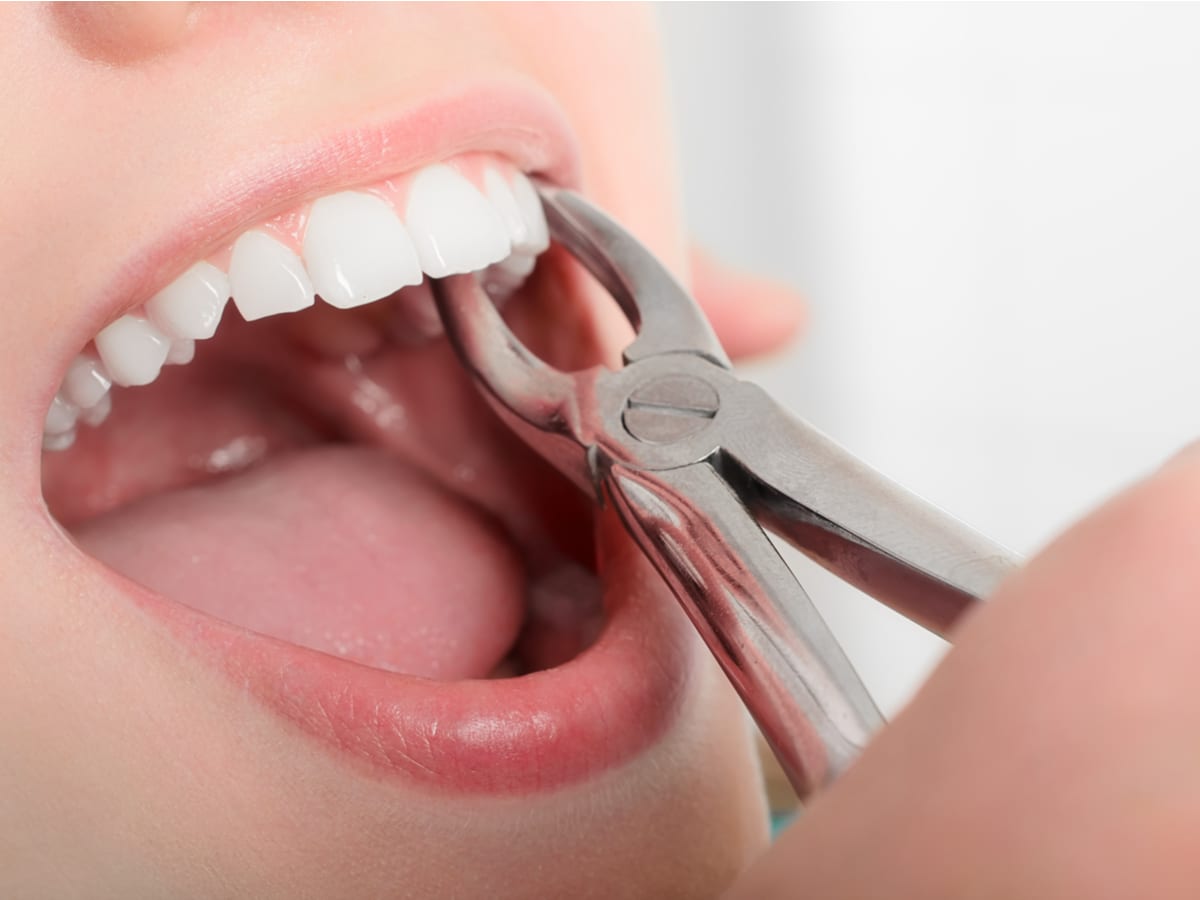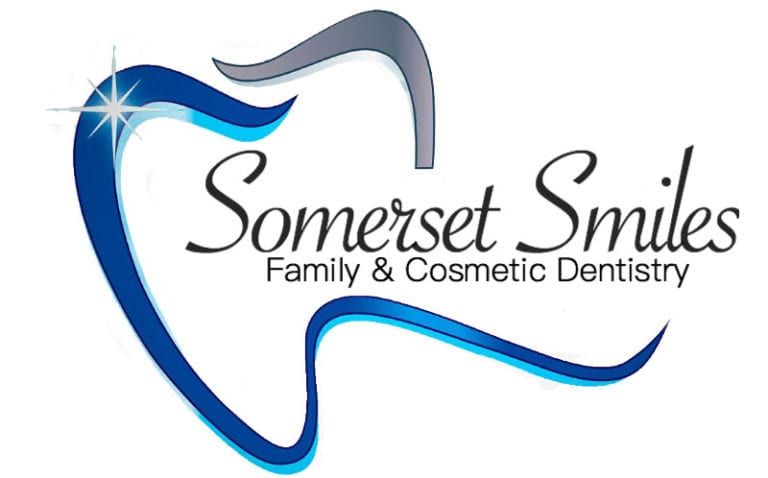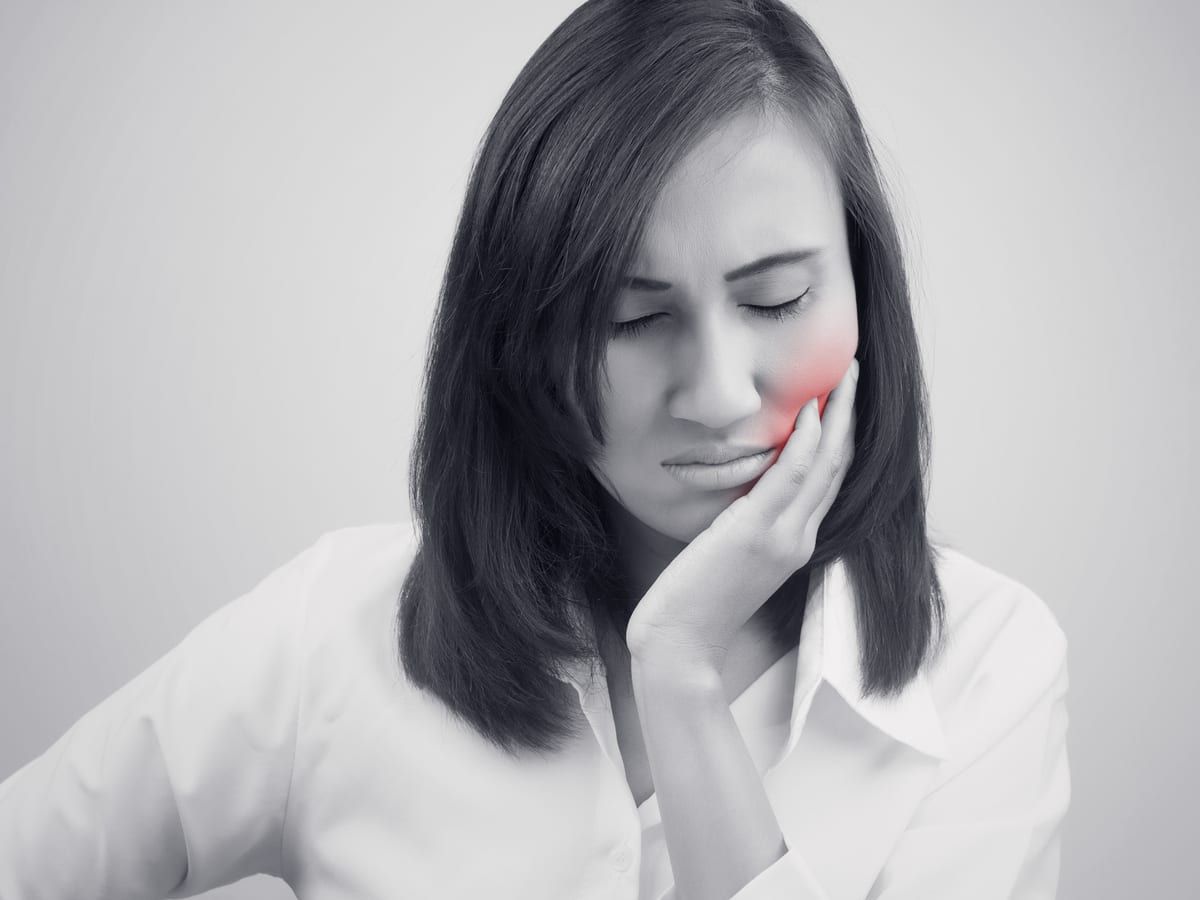When a tooth has become decayed or damaged to the point where repair is impossible, it’s time for an extraction. These aren’t the only reason that an extraction might be performed, but they are definitely the most common. Other causes may include Baby Teeth that haven’t fallen out properly, wisdom teeth that have become impacted, and infections that interfere with potential organ transplants. There are two common types of extractions that are performed, simple extractions and surgical extractions. Which one is necessary depends on the individual case.
What Is A Simple Extraction?
Simple extractions are just that, simple and straight-forward, without need for cutting through gum or bone. In a simple extraction, the only tools needed are the elevator and the forceps used to extract the elevated tooth. Elevators are a tool that slips down across the bottom of your tooth at the game line, helping to lift it enough that the forceps can get a grip. The forceps are then used to grip the tooth and pull it the rest of the way out. Most patients will receive local anesthesia to ease discomfort while the tooth is extracted. In many cases, the extraction happens so quickly that the patient will have spent more time waiting for their anesthetic to kick in than it takes to remove the tooth.

What Are Surgical Extractions?
Surgical extractions are performed when it is necessary to cut through gum or bone to extract the tooth. Impacted wisdom teeth, teeth that haven’t erupted properly, and those that don’t have reachable material to grip for extraction typically need a surgical extraction. During these extractions, the patient may be under a general anesthetic or even under full sedation, depending on the severity of the work needing to be done.
Preparing For A Tooth Extraction
Prior to the extraction, imaging will be taken to ensure that the dentist is aware of all the conditions surrounding the extraction. This typically involves a full panoramic x-ray, so the dentist has a visual on all the internal structures of your mouth and jaw. If you live with a weak immune system, an infection, or one of a number of medical conditions, it may be necessary to take antibiotics before or after the extraction. Most importantly, on the day of your surgery, you should not smoke and should inform the dentist if you have developed a cold or other illness since your last visit.
What To Do After An Extraction
It’s not uncommon to experience a measure of discomfort in the wake of successful extraction. Following your procedure, be certain to take any pain medications that were prescribed by your dentist. Ice packs are a good option for relieving pain and swelling. During the 24 hours following your procedure, it’s essential that you avoid spitting or using a straw, as this can result in the blood clot that formed in the tooth socket dislodging. If this happens, you may experience a painful condition known as dry socket and may require medicated dressings to help ease the pain it causes.
If you have more questions about extractions, be sure to reach out to our clinic for a consultation. Our staff of dental experts is on hand to help answer questions and help you determine if a dental extraction is appropriate for your case.


